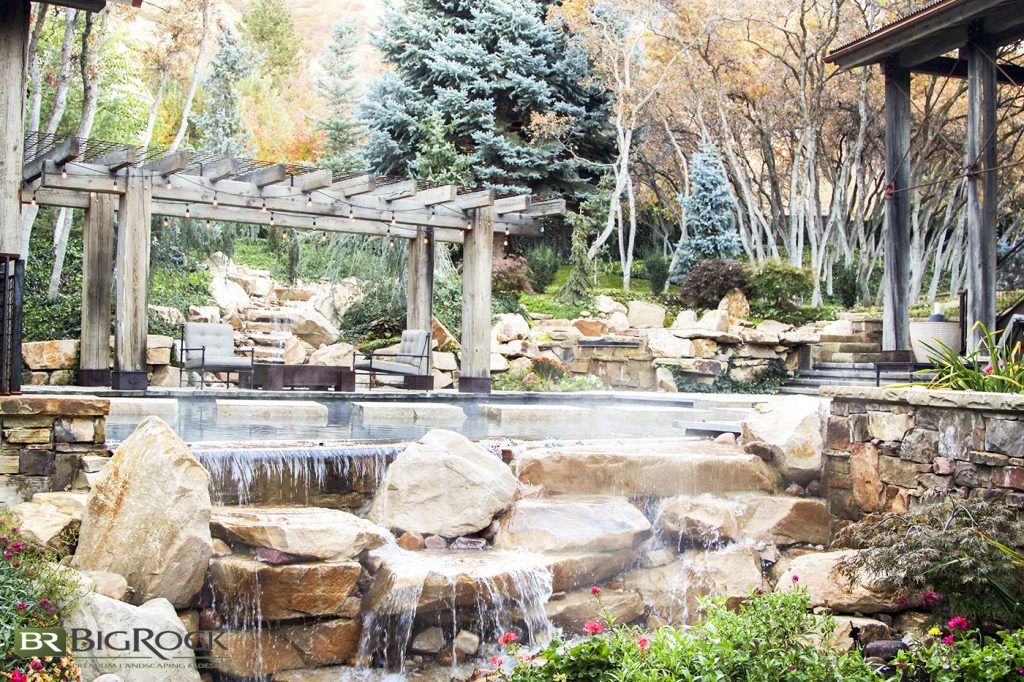The 6-Second Trick For Hilton Head Landscapes
The 6-Second Trick For Hilton Head Landscapes
Blog Article
Getting The Hilton Head Landscapes To Work
Table of ContentsThe Ultimate Guide To Hilton Head LandscapesThe Ultimate Guide To Hilton Head LandscapesSome Known Incorrect Statements About Hilton Head Landscapes Top Guidelines Of Hilton Head LandscapesHilton Head Landscapes Fundamentals ExplainedThe Basic Principles Of Hilton Head Landscapes What Does Hilton Head Landscapes Do?
Line creates all kinds and patterns and can be utilized in a variety of ways in the landscape. Line in the landscape is developed by the edge between two materials, the synopsis or silhouette of a form, or a lengthy linear attribute. Lines are a powerful device for the designer because they can be made use of to develop a limitless variety of forms and types, and they control motion of the eye and the body.

Lines in the landscape. The homes of lines identify just how people react to the landscape, both emotionally and physically.
Unknown Facts About Hilton Head Landscapes
Straight lines are frequently discovered in hardscape edges and material. Rounded lines develop a casual, all-natural, loosened up character that is connected a lot more with nature and asymmetrical balance. Rounded lines move the eye at a slower speed and add secret to the area by producing concealed sights. Upright lines relocate the eye up, making a space feel bigger.
Upright lines in the landscape consist of tall, slim plant product, such as trees, or high structures, such as an arbor or a bird home on a pole. Straight lines relocate the eye along the ground airplane and can make a space really feel bigger. Low lines are more subdued and develop a sensation of rest or repose.
Top Guidelines Of Hilton Head Landscapes
Low lines are created by reduced yard walls, pathways, and brief hedges. Lines are used to attract types on a plan. In strategy view, they specify plant beds and hardscape locations. Lines are also developed by the vertical types of constructed features and plant product. There are 3 primary line kinds that create type in the landscape: bedlines, hardscape lines, and plant lines.
Bedlines attach plant material to your home and hardscape since the eye follows the line, moving the stare through the landscape. Hardscape lines are developed by the edge of the hardscape, which defines the constructed structure. Line can additionally be developed by long and slim products, such as a fence or wall.
The smart Trick of Hilton Head Landscapes That Nobody is Talking About
Kind is found in both hardscape and plants, and it is usually the dominant visual component that spatially arranges the landscape and usually determines the style of the garden. The form of structures, plant beds, and garden ornaments also identifies the general type style of the garden. Official, geometric types consist of circles, squares, and polygons.
Plants produce type in the garden through their details or silhouettes, however form can also be defined by a void or unfavorable area in between plants - Landscaping bluffton sc (https://www.pubpub.org/user/steven-gonzales). Circles can be complete circles, or they can be separated right into fifty percent circles or circle sections and integrated with lines to produce arcs and tangents
The smart Trick of Hilton Head Landscapes That Nobody is Discussing
Circles are a solid style type since the eye is constantly drawn to the facility, which can be used to emphasize a focal point or connect other forms. Circular types in hardscape and yard panels.
The square form can also be segmented and previously owned consistently to produce a grid pattern. Unlike circles, squares are more powerful on the sides, which can be lined up or overlapped to develop unique patterns and more complicated kinds.
Twisting lines often resemble the all-natural training course of rivers or streams and can be explained as smooth lines with deeply rounded wavinesses. Twisting lines (Number 3) function well for paths, plant bedlines, and completely dry stream beds. Twisting lines can include interest and mystery to a garden by leading audiences around corners to discover new views and spaces.
A Biased View of Hilton Head Landscapes

Number 5. Fragmented sides: tipping stones in pathway. Form is one of the most long-lasting top quality of a plant (hilton head landscapers). https://h1tnhdlndscps.creator-spring.com. Typical plant forms are well developed and standardized, as form is one of the most consistent and identifiable quality of plants. Type can also be produced through the massing of plants, where the total mass produces a various kind than a specific plant.
A highly different form has to be utilized with careone or more work well as a focal factor, but a lot of wreak havoc. All-natural plant forms, as opposed to over-trimmed forms, need to establish the mass of the composition. The importance of overall kind is basically depending on the checking out perspectivethe form of a tree can appear fairly different to an individual standing under the cover versus seeing the tree from a range in an open field.
All about Hilton Head Landscapes
Plant types additionally develop and specify the gap or open rooms between the plants, creating either convex or concave types in the gaps. High-arching tree branches usually develop a concave open room under the branches, and a rounded cover with reduced branches loads the room to develop a convex kind outdoors room under the tree.

Report this page